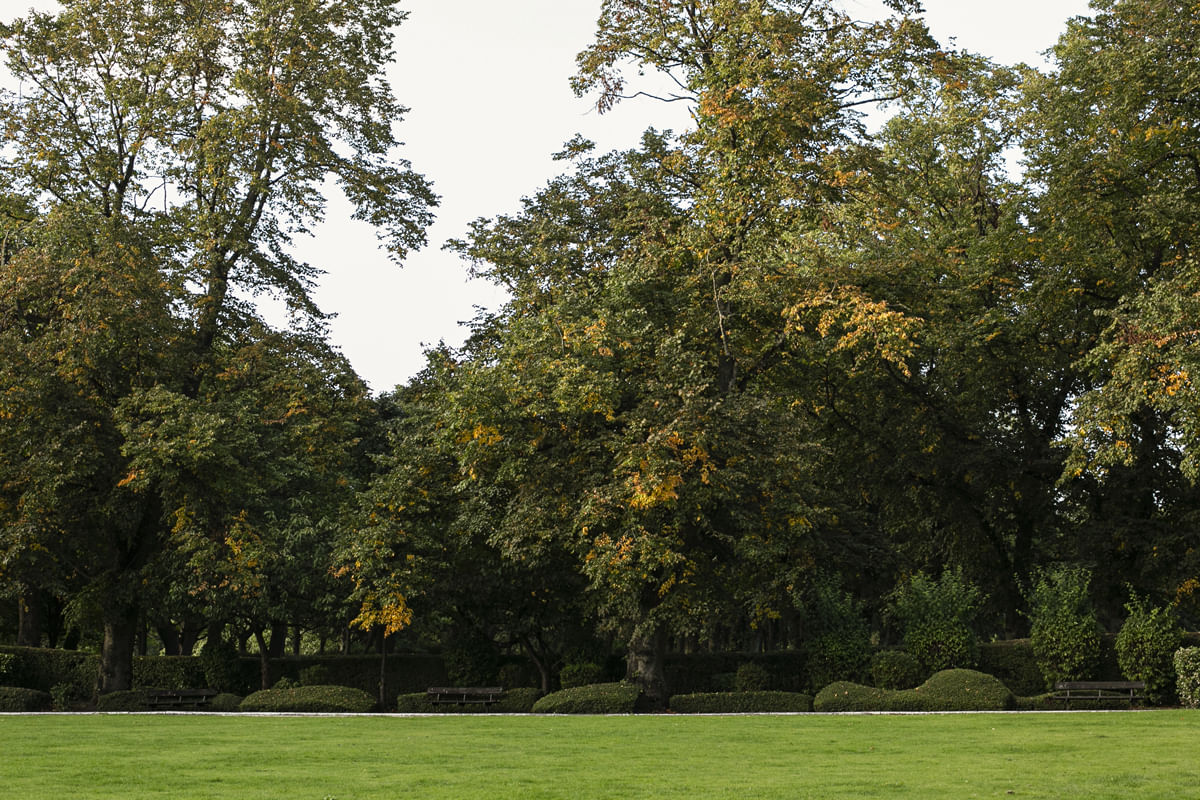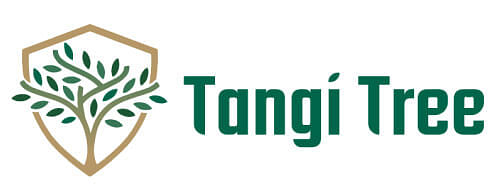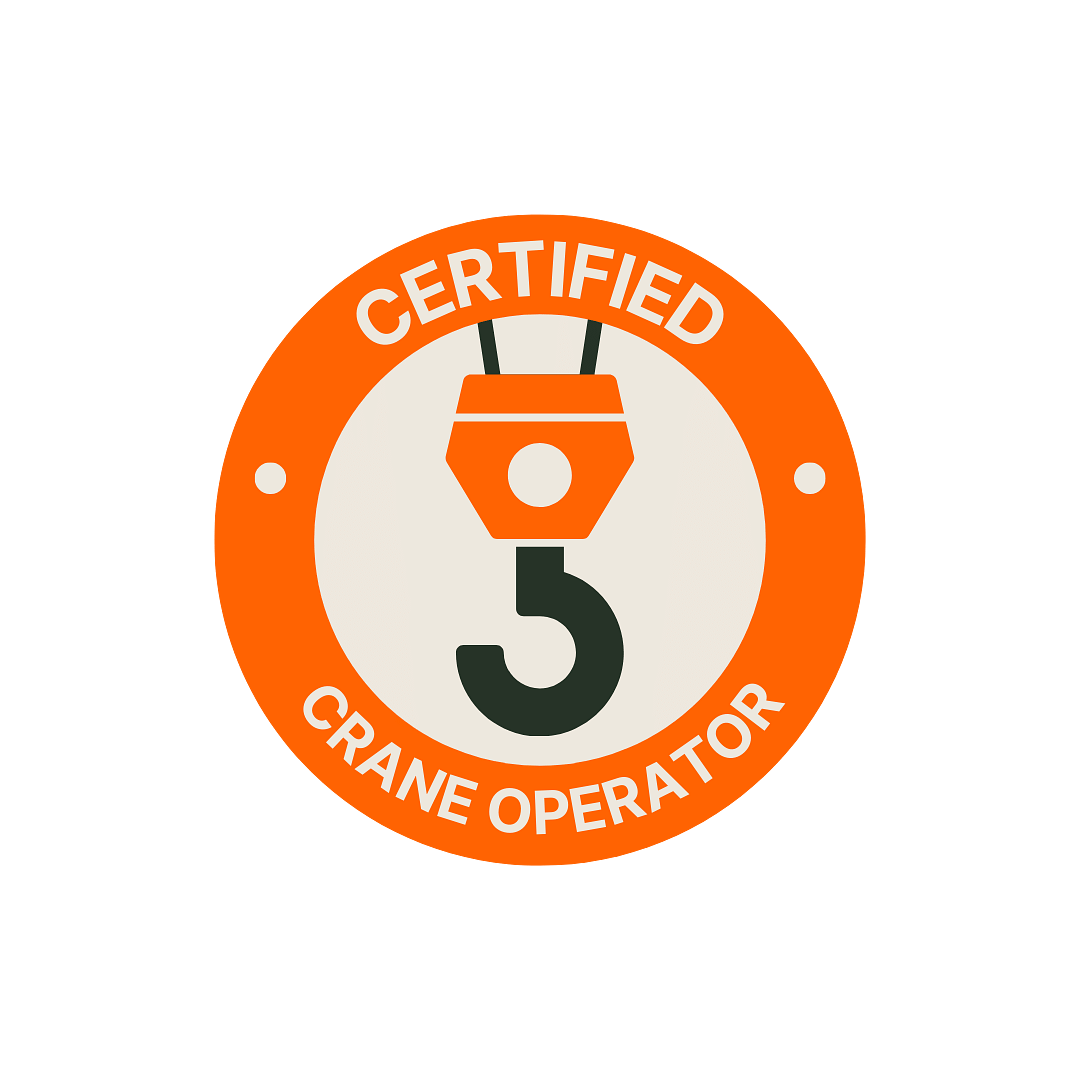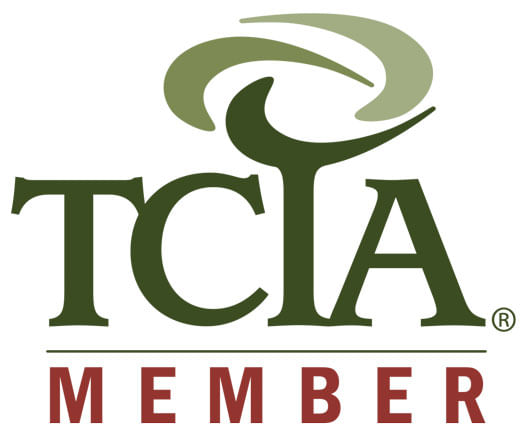
Trees Leaning After Storm
Severe storms can leave a trail of destruction, and one of the most concerning issues for homeowners is dealing with trees that have begun to lean. High winds, heavy rain, and saturated soil can all contribute to a tree losing its stability. While some trees may recover naturally, others could pose a serious risk to property and safety if left unattended.
Understanding why trees lean after a storm is the first step toward determining the best course of action. Some trees can be corrected with proper support, while others may be too damaged to save. Acting quickly, especially with the help of a trusted tree care company like Tangi Tree, can help prevent further leaning, property damage, or even hazardous falls.
Why Do Trees Lean After a Storm?
Several factors contribute to trees leaning after severe weather. Identifying the cause can help determine whether the tree can recover or if removal is necessary.
1) Strong Winds & Rain Saturation
Storms often bring high winds that exert significant force on trees, especially those with dense foliage or weak root systems. The added pressure from the wind can push a tree in one direction, causing it to lean. Additionally, excessive rainfall saturates the soil, making it softer and less capable of anchoring the tree's roots. This combination weakens the tree’s stability, increasing the likelihood of it tilting or uprooting.
2) Soil Erosion
Heavy rainfall can wash away the soil around a tree’s roots, leaving them exposed and reducing their ability to support the tree. Trees growing in loose or sandy soil are particularly vulnerable to erosion-related leaning. When the ground beneath a tree shifts significantly, it disrupts the root structure, making it difficult for the tree to remain upright. Without intervention, the tree may continue to lean further over time.
3) Structural Damage
Storms can cause structural damage to a tree’s trunk and branches, impacting its weight distribution. Large broken limbs or a split trunk can shift the tree’s center of gravity, causing it to lean toward the damaged side. In some cases, this can be corrected with pruning and support systems, but severe structural damage may compromise the tree’s overall stability, making removal the safest option.
Assessing the Severity of the Lean
Evaluating the extent of the tree's lean is essential before deciding on corrective measures. The degree of tilt, visible root damage, and the tree's location all play a role in determining whether it can be saved.
Mild Lean (Less Than 15 Degrees)
A slight lean after a storm is usually not a major concern, especially for younger trees. Trees with a minor tilt may naturally correct themselves over time, particularly if their root system remains intact. Proper staking, soil stabilization, and pruning to balance the weight can help restore the tree’s natural position without extensive intervention.
Moderate Lean (15-45 Degrees)
Trees that lean at a noticeable angle may have suffered root or trunk damage, making them unstable. While some moderate leans can be corrected with strategic bracing and soil reinforcement, the tree's long-term health must be evaluated. If the roots are compromised but not completely severed, the tree may still recover with professional intervention. However, without corrective action, the tree is likely to continue leaning or even fall over.
Severe Lean (Over 45 Degrees)
A tree that leans significantly after a storm is often beyond saving. Severe tilts usually indicate major root failure, making the tree structurally unsound. These trees are at high risk of falling, especially if they are leaning toward a house, power lines, or a roadway. In most cases, removal is the best and safest option to prevent damage or injury.
Can a Leaning Tree Be Saved?
Whether a leaning tree can be saved depends on several factors, including its age, the extent of root damage, and the degree of the lean. Younger trees with minor tilts often have a better chance of recovery since their root systems are still developing and can be re-anchored with support. These trees may require staking, soil amendments, and careful pruning to encourage upright growth. Over time, their roots can strengthen, stabilizing the tree naturally.
Mature trees, on the other hand, pose a greater challenge when they begin to lean. If a tree has significant root damage, it may not be able to support itself even with corrective measures. Visible signs of root exposure, such as lifted soil or exposed roots on one side of the tree, indicate a compromised foundation. While professional arborists can sometimes stabilize moderately leaning trees using cables and braces, trees with extensive damage may continue to weaken, making them unsafe to keep.
In cases where a tree is structurally compromised, such as having deep trunk cracks, a split in the main stem, or large broken limbs, it may not be worth the risk to save it. If the tree is leaning toward a home, driveway, power lines, or any other critical structure, removal is often the safest course of action. A professional evaluation from Tangi Tree can determine if the tree can be salvaged or if it poses an ongoing hazard that necessitates removal.
Correcting a Leaning Tree
If a tree has a chance of recovery, taking the right corrective measures as soon as possible can improve its stability. For smaller trees, staking is one of the most effective solutions. Properly placed stakes and straps can provide the necessary support to help the tree grow straight again. However, staking should only be temporary, typically for one growing season, since leaving supports on too long can prevent the tree from developing a strong root system on its own.
Mulching around the tree’s base can also aid in recovery by improving soil retention and reducing the likelihood of erosion. Organic mulch, such as wood chips or bark, helps maintain moisture and provides essential nutrients for root regrowth. Avoid piling mulch directly against the trunk, as this can cause rot and attract pests. Instead, spread an even layer around the base, extending to the tree’s drip line.
For larger or more severely leaning trees, professional interventions like cabling, bracing, or root aeration may be necessary. Cabling and bracing help redistribute the tree’s weight, reducing strain on weak branches and preventing further lean. In some cases, aerating compacted soil and supplementing with nutrients can encourage root development, helping the tree regain stability. However, if the tree continues to lean despite these measures, or if it begins to uproot, removal may be the only viable solution.
When to Call a Professional Arborist
There are certain situations where professional assessment and intervention are necessary. If a tree is leaning dangerously close to a house, power lines, or a heavily trafficked area, an arborist should be called immediately. These trees pose a high risk of falling, especially if the soil is still saturated from recent storms. A professional can assess the tree’s condition and determine whether it can be stabilized or if removal is required for safety.
Another sign that a professional is needed is visible root damage. If the roots are severely exposed, broken, or rotting, the tree’s structural integrity is compromised. Root damage is often difficult to assess without specialized knowledge, making it important to have an expert examine the situation. Similarly, trees with large trunk cracks, deep splits, or multiple broken limbs may be beyond saving, requiring an expert’s recommendation on whether cabling or removal is the best option.
Finally, if a tree continues to lean further after an initial assessment, it should be checked by a professional immediately. A slow but steady increase in the lean suggests ongoing root failure, and the tree may collapse unexpectedly. Waiting too long to address a dangerously leaning tree can lead to property damage, costly emergency removals, and potential injuries. By consulting a professional arborist early, homeowners can make informed decisions about tree care and ensure their landscape remains safe and stable.
Don’t Let a Leaning Tree Become a Falling Hazard!
If your tree is leaning after a storm, don’t wait until it’s too late! Whether it needs expert stabilization or safe removal, Tangi Tree is here to help. Our professional arborists will assess the damage, provide the best solution, and ensure your property stays safe. Call us today for a tree evaluation and get your landscape back to standing tall!






